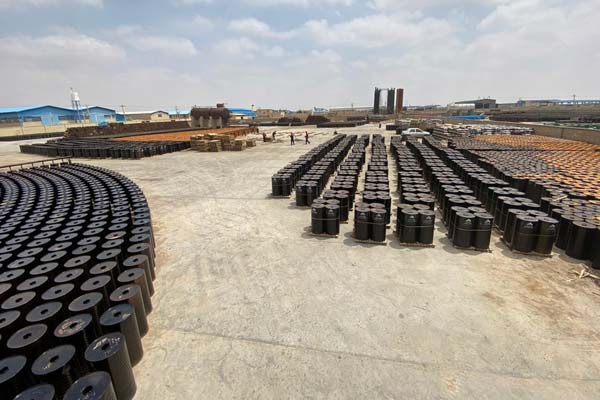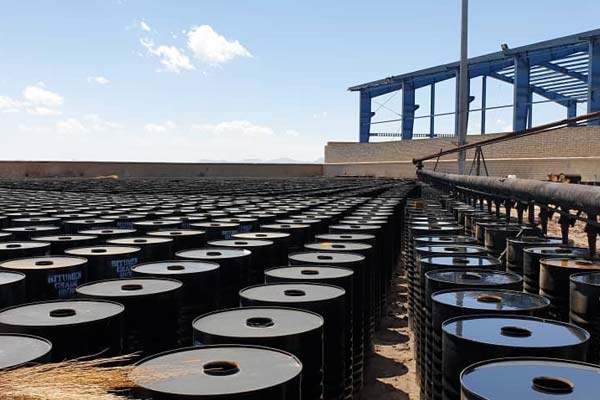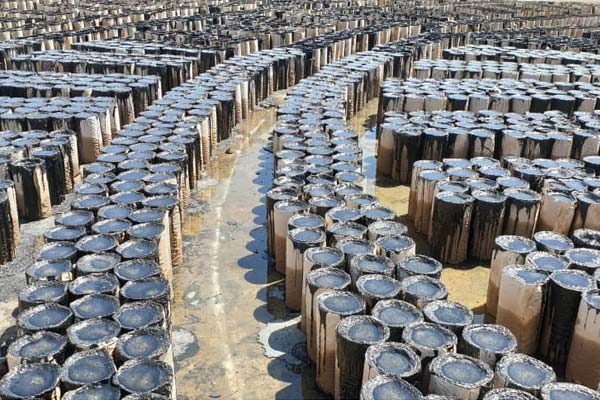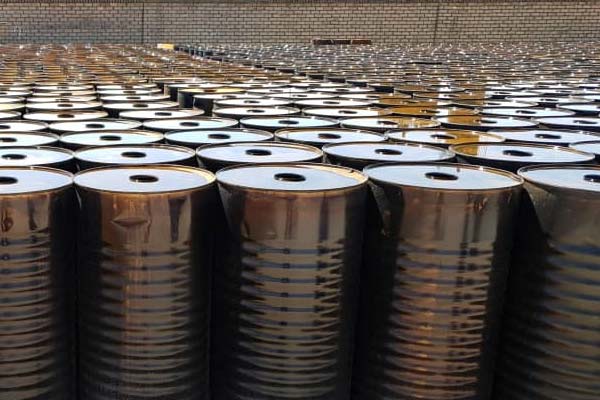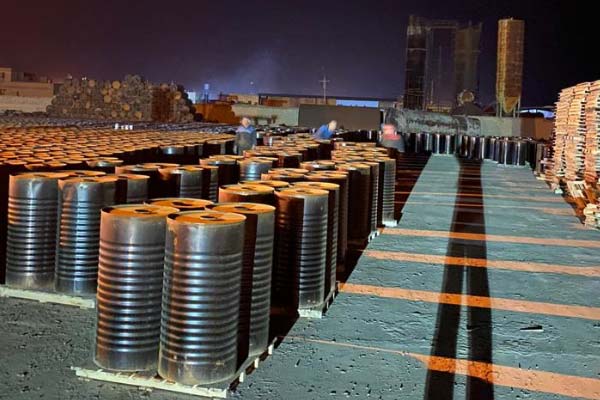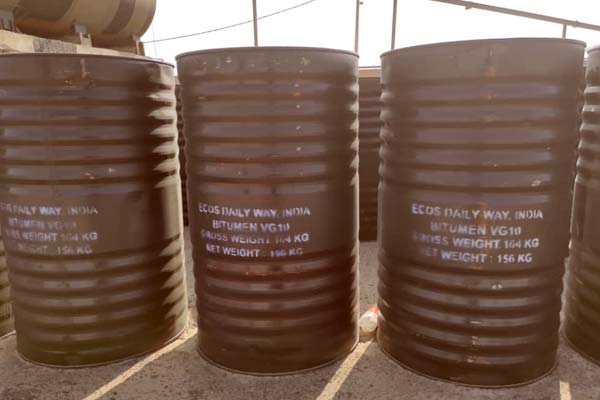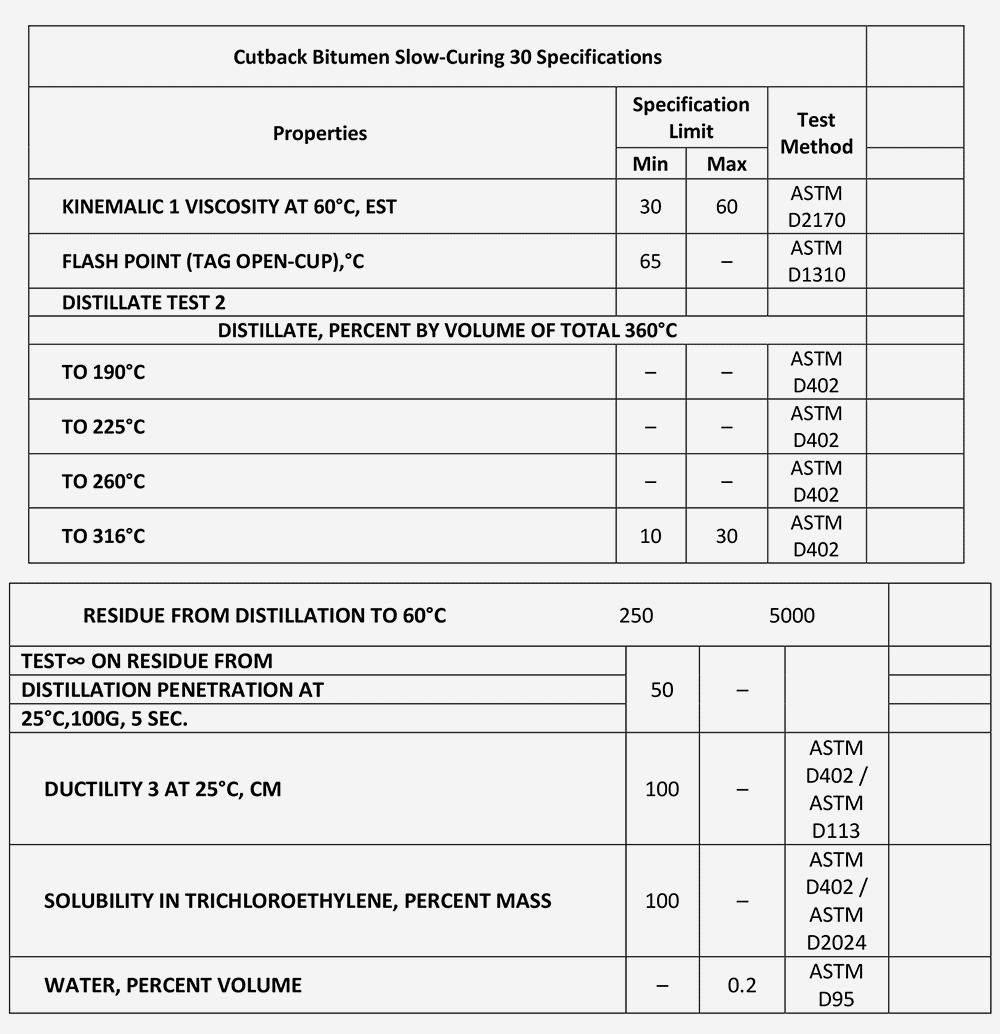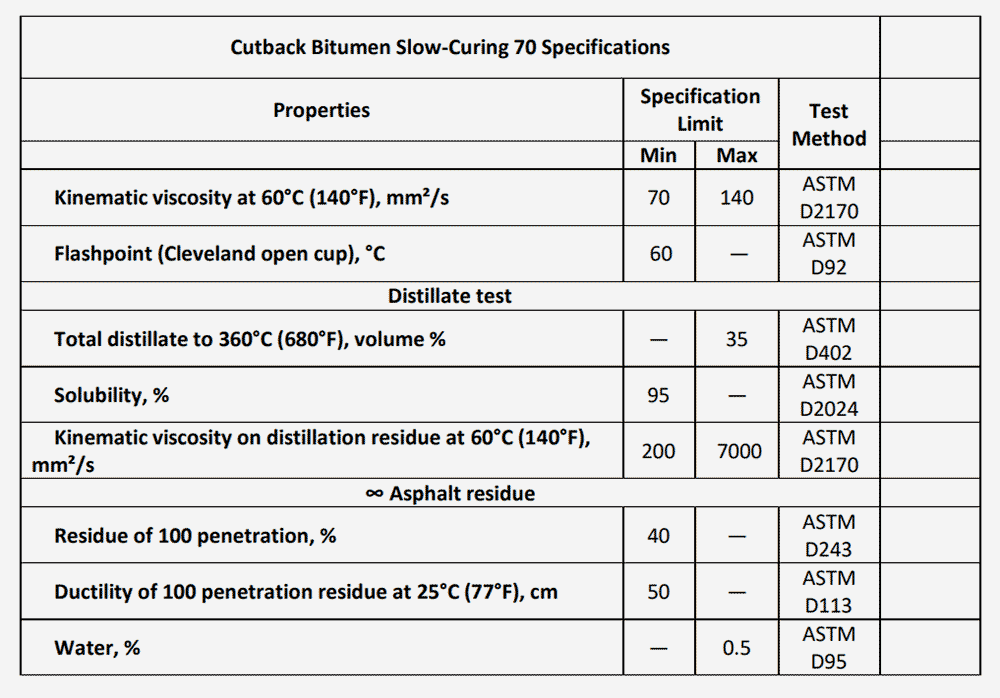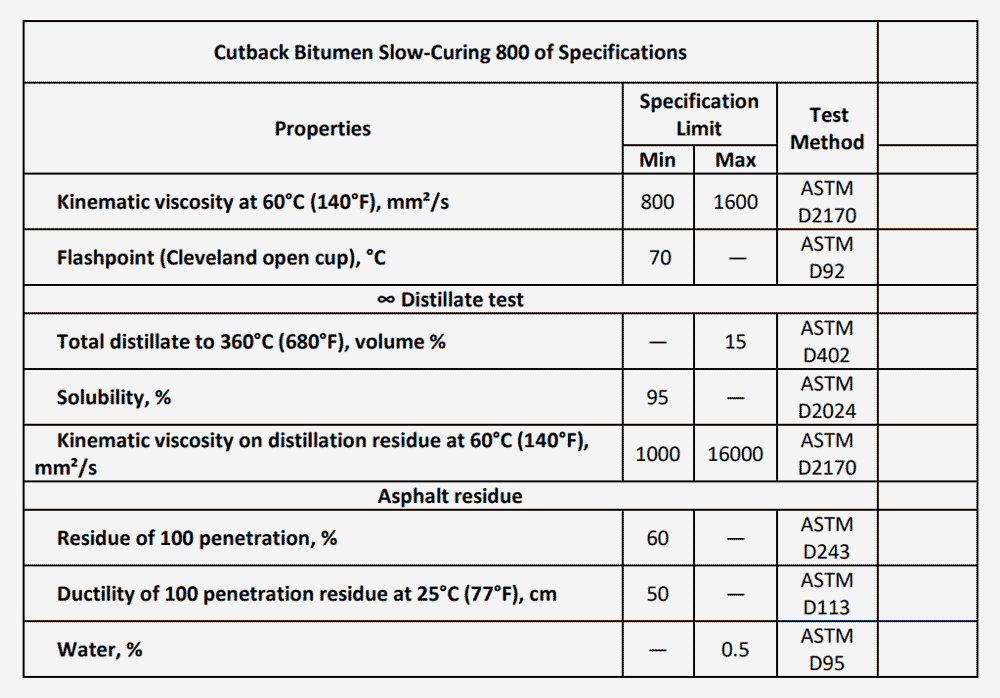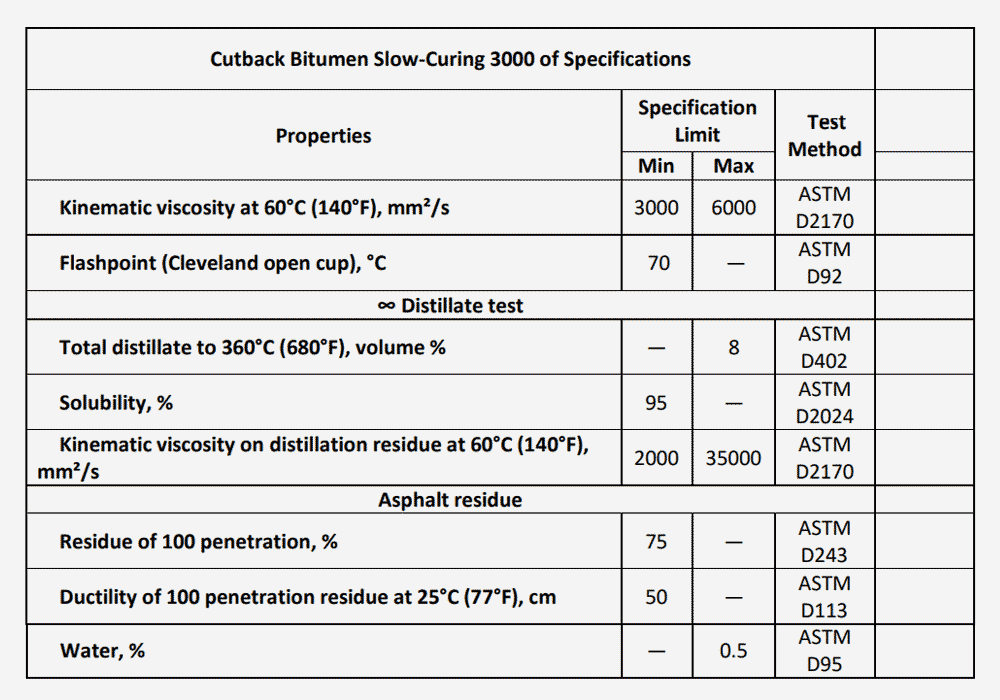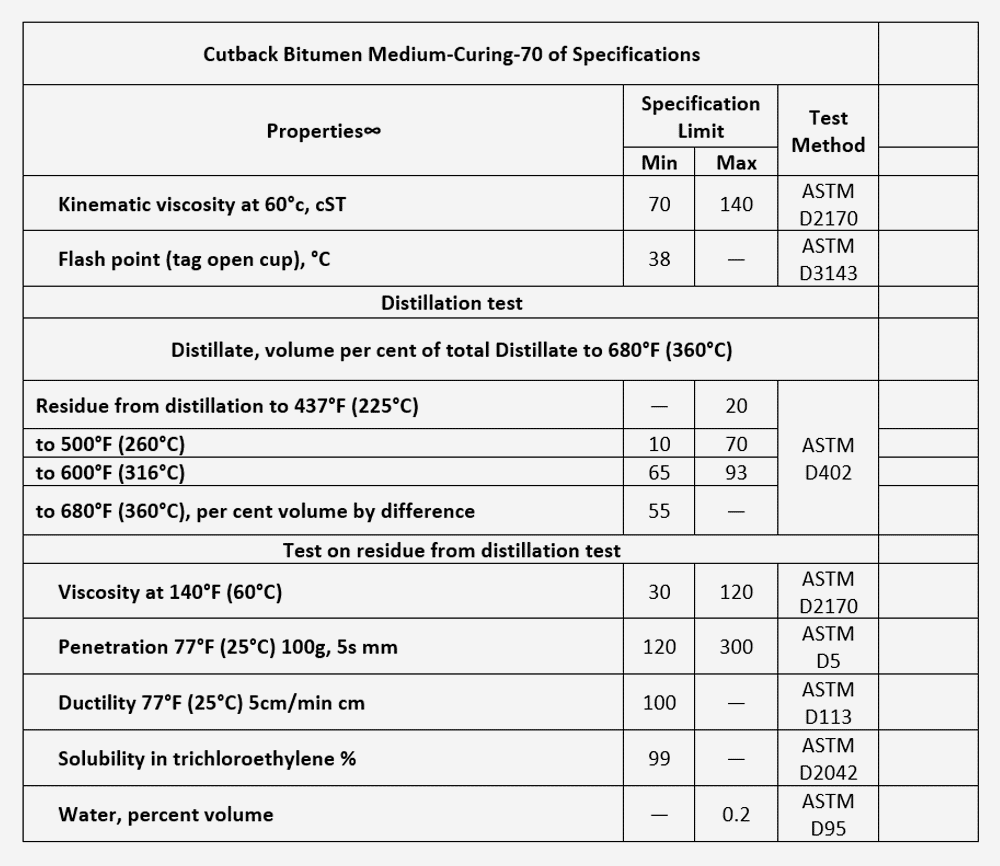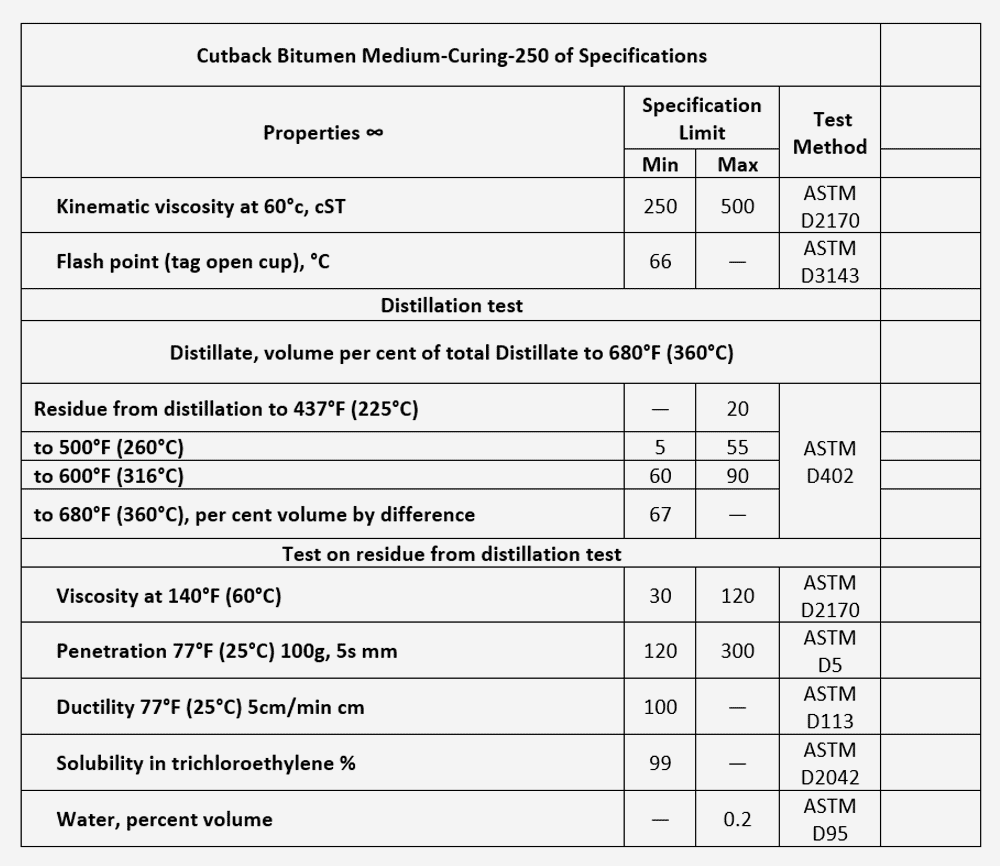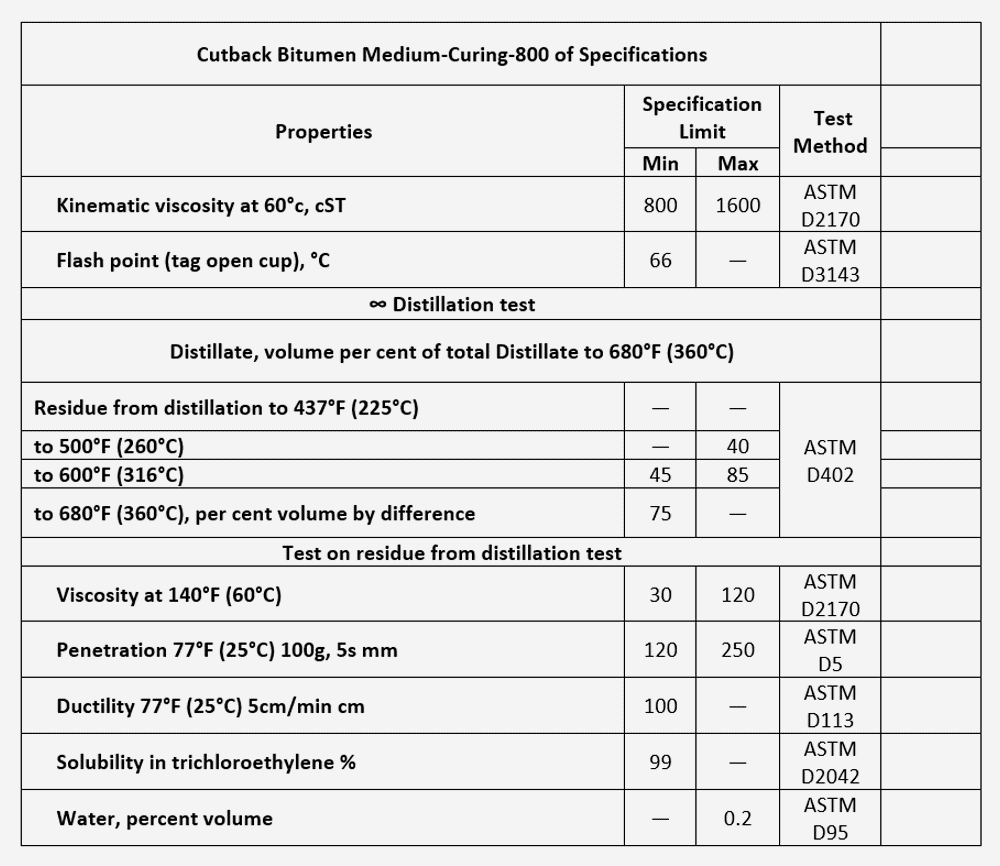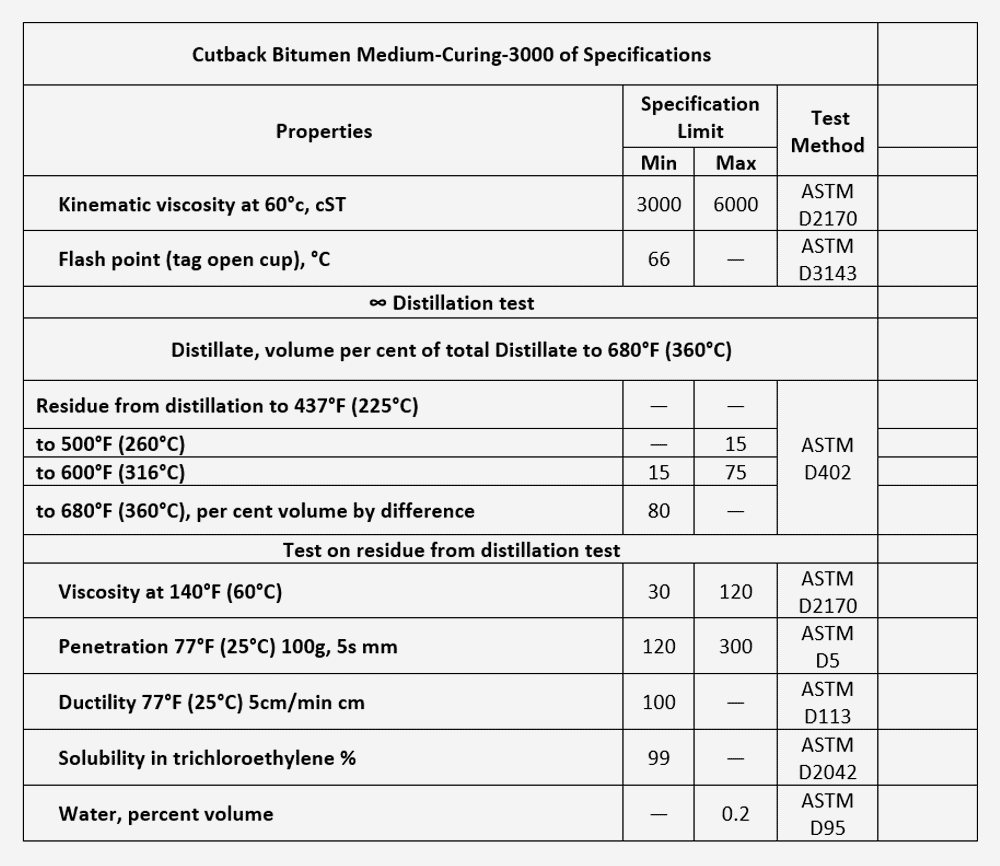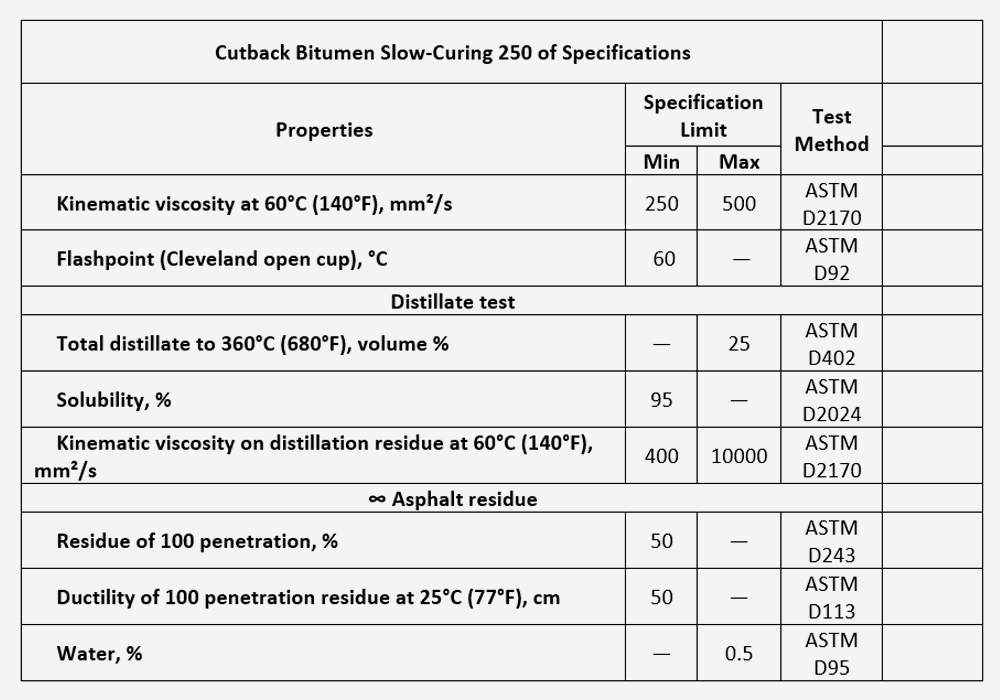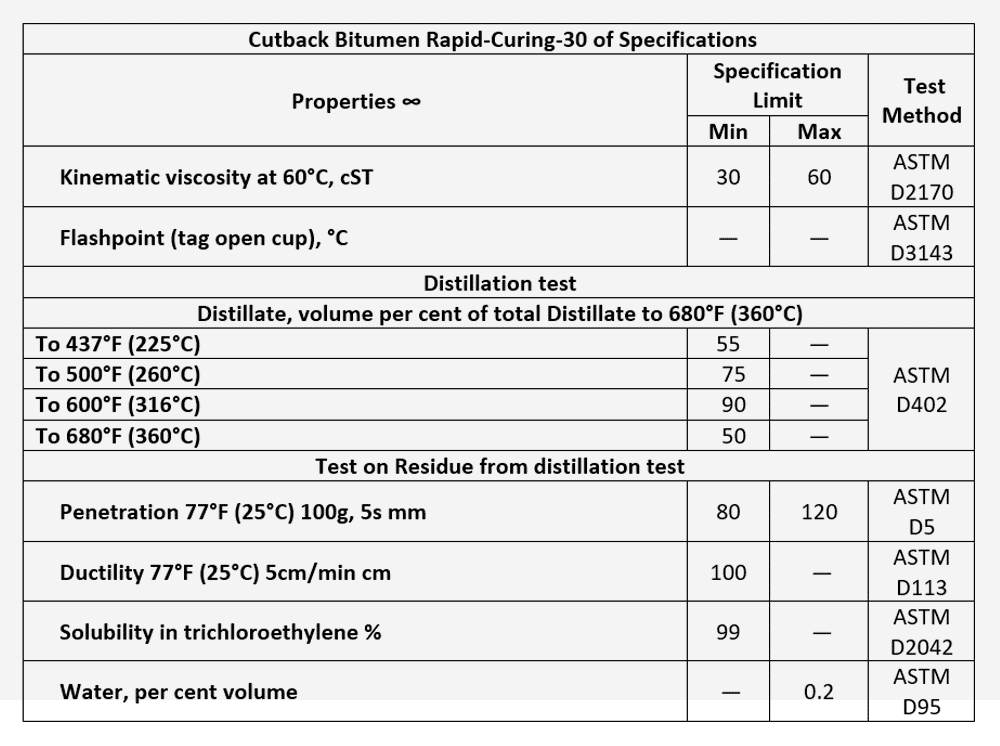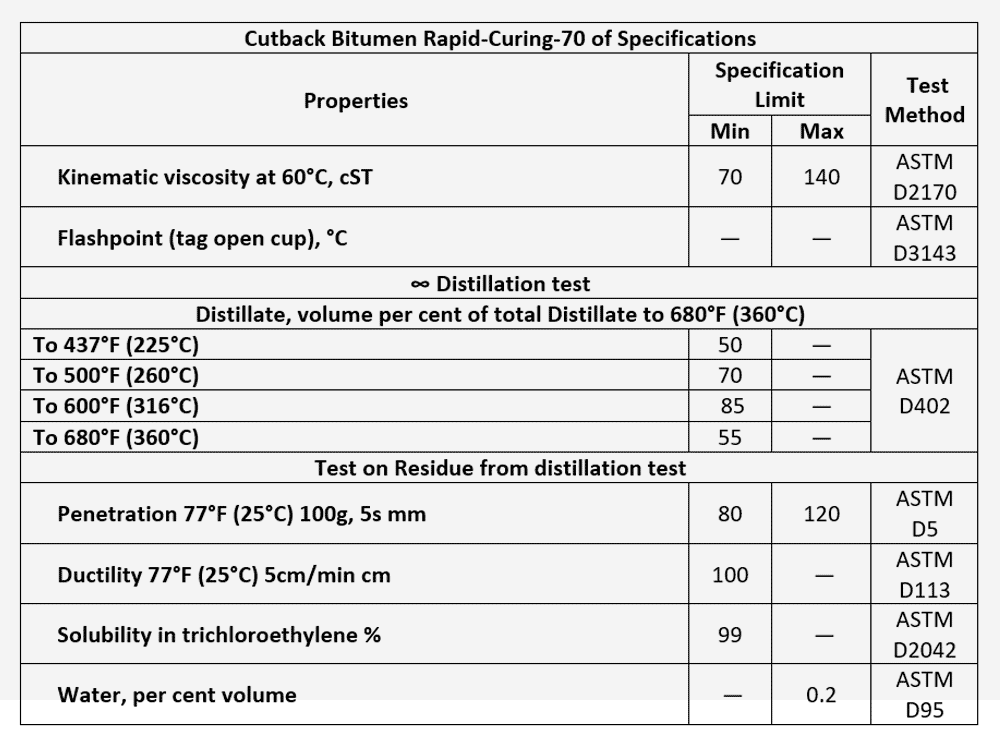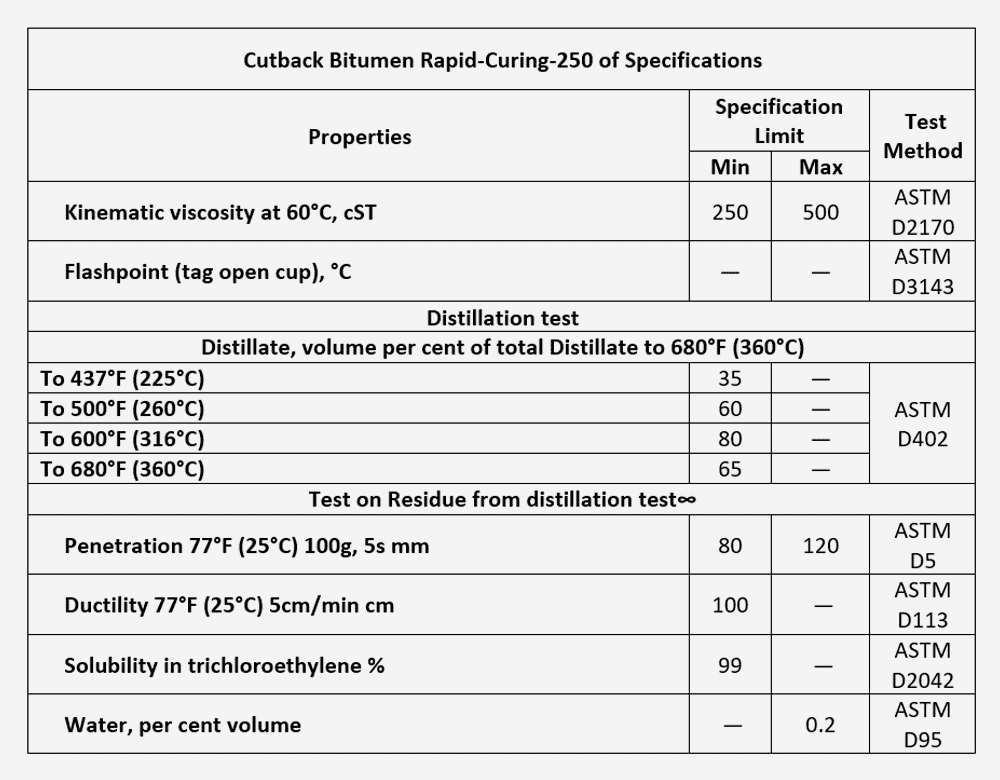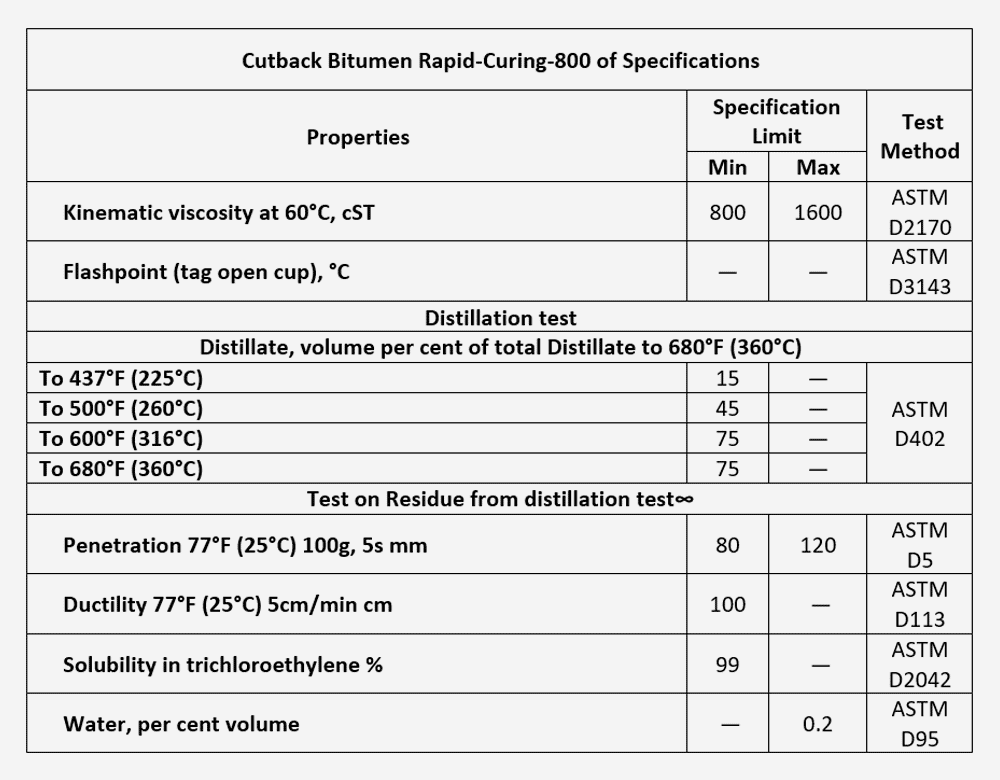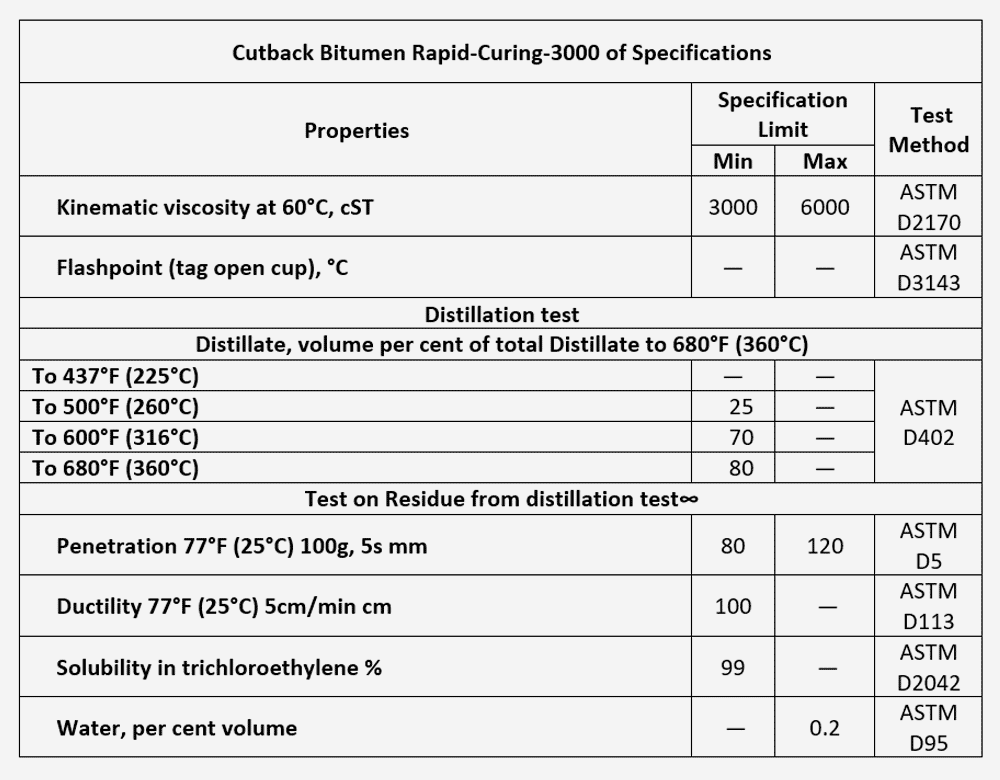Cutback bitumen is a petroleum product is manufactured by blending either 70/100 pen or 160/220 pen bitumen with kerosene to comply with a viscosity specification.
In addition to STV tests and solubility, cutback bitumens have to comply with a distillation specificationI621 and a penetration requirement on the residual bitumen. This ensures that during application and in service, the diluent will evaporate at a consistent and predictable rate and that the residual bitumen will have the appropriate properties in service.
Iranian companies achieved international standards and certificates for exporting MC30 bitumen (200 Kg blue drums) and other cutback grades for the first time in 2013.
The majority of cutback bitumen is used in the surface dressing but a significant amount is also used for the Manufacture of both standard and deferred set asphalts.
Cutback bitumen YES OR NO?!
It can be applied at lower temperatures than penetration grades because of its lower Bitumen Solvents viscosity. A disadvantage is that cutback bitumen consumes non-renewable energy resources which are ultimately lost through evaporation.
Cutback bitumen sprays on different layers of roads at a notably lower temperature. Based on the time of curing after spraying, Cutback bitumen is classification as Rapid Curing (RC), Medium Curing (MC), and Slow Curing (SC). You can see the Specification for Cutback bitumen below:
Cutback Bitumen Specification
| Type of Bitumen | Grade of Bitumen |
|---|---|
| Cutback Bitumen | Rapid-Curing, Medium-Curing, Slow-Curing |
Cutback Bitumen Slow Curing
Cutback Bitumen Medium Curing
Rapid Curing Cutback Bitumen
Copyright © by ROMAK Trading Co. All Rights Reserved.


